retaining wall construction
taraz579
14 years ago
Related Stories
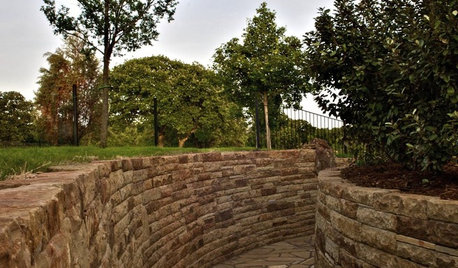
LANDSCAPE DESIGNPile On Style With a Dry-Laid Stone Retaining Wall
Durable, natural and practical, this landscape feature is an art form unto itself
Full Story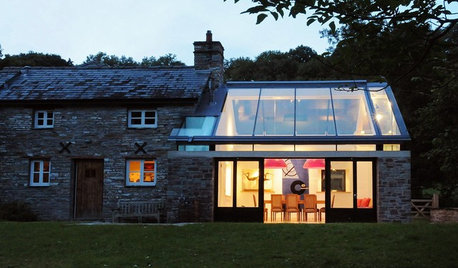
BUDGETING YOUR PROJECTDesign Workshop: Is a Phased Construction Project Right for You?
Breaking up your remodel or custom home project has benefits and disadvantages. See if it’s right for you
Full Story
CONTRACTOR TIPSLearn the Lingo of Construction Project Costs
Estimates, bids, ballparks. Know the options and how they’re calculated to get the most accurate project price possible
Full Story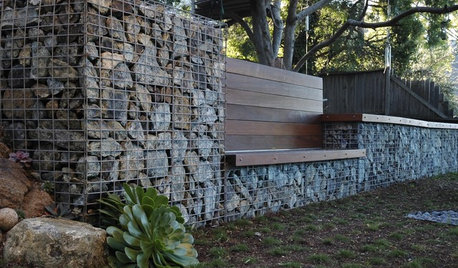
GARDENING AND LANDSCAPING7 Out-of-the-Box Retaining Wall Ideas
Go Beyond Railroad Ties With Stylish Rock, Metal, Blocks, and Poured Concrete
Full Story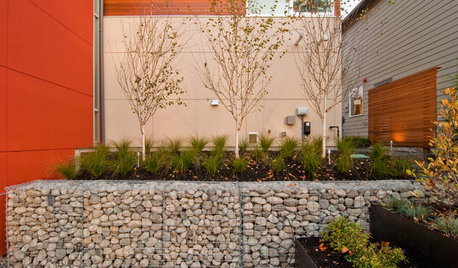
LANDSCAPE DESIGNGarden Walls: Gabion Evolves From Functional to Fabulous
The permeable rock-, concrete- or glass-filled steel cages are showing up as retaining walls, planters, benches and more
Full Story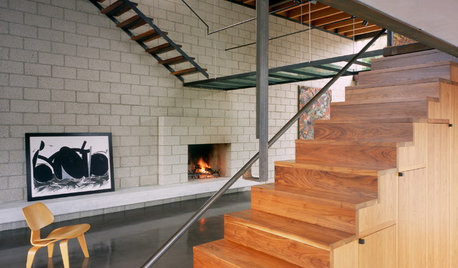
CONCRETEConcrete Block Style
Industrial flair: See why concrete brick isn't just for retaining walls anymore
Full Story
KNOW YOUR HOUSEKnow Your House: The Basics of Insulated Concrete Form Construction
Get peace and quiet inside and energy efficiency all around with this heavy-duty alternative to wood-frame construction
Full Story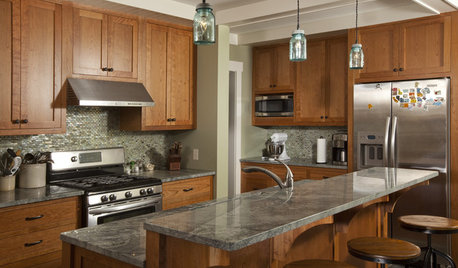
KITCHEN CABINETSCabinets 101: How to Choose Construction, Materials and Style
Do you want custom, semicustom or stock cabinets? Frameless or framed construction? We review the options
Full Story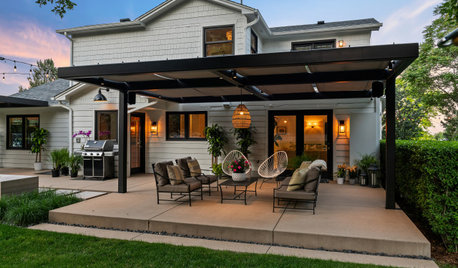
WORKING WITH PROSYour Guide to a Smooth-Running Construction Project
Find out how to save time, money and your sanity when building new or remodeling
Full Story
LANDSCAPE DESIGNGarden Walls: Dry-Stacked Stone Walls Keep Their Place in the Garden
See an ancient building technique that’s held stone walls together without mortar for centuries
Full StoryMore Discussions







terrybull
taraz579Original Author
Related Professionals
Reading Landscape Architects & Landscape Designers · West Milford Landscape Architects & Landscape Designers · Rossville Landscape Architects & Landscape Designers · Vernon Hills Landscape Architects & Landscape Designers · Surprise Landscape Contractors · Barrington Landscape Contractors · Byram Landscape Contractors · Fishers Landscape Contractors · Fort Myers Landscape Contractors · Louisville Landscape Contractors · Parkland Landscape Contractors · The Villages Landscape Contractors · View Park-Windsor Hills Landscape Contractors · Washington Landscape Contractors · El Mirage Solar Energy SystemsDan _Staley (5b Sunset 2B AHS 7)
dcarch7 d c f l a s h 7 @ y a h o o . c o m
markmahlum
huisjen
Dan _Staley (5b Sunset 2B AHS 7)